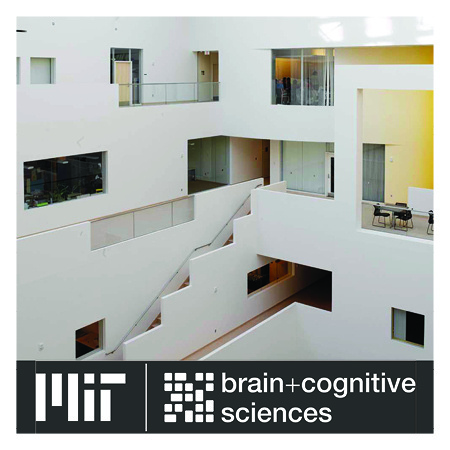
Francisco Garcia Thesis Defense: Molecular Profiling and Mechanisms of Cerebrovascular Function in Health and Neurodegeneration
Description
Date/Time: Friday, April 14th at 2PM ET
Location: MIT, Singleton Auditorium 46-3002
Zoom Link: https://mit.zoom.us/j/95659169938
Thesis Title: Molecular Profiling and Mechanisms of Cerebrovascular Function in Health and Neurodegeneration
Abstract:
The unmet medical need for therapies that treat neurological disorders is in part due to our lack of understanding the underlying biological mechanisms and inefficient delivery strategies to target the brain. The cerebrovasculature is essential for proper brain function as it tightly regulates blood flow and supplies the necessary nutrients. Furthermore, the presence of a blood-brain barrier (BBB) provides protection to vulnerable neurons but poses a challenge for drug delivery. In neurodegeneration, BBB breakdown and vascular impairments are hallmarks that precede the onset of disease-specific phenotypes. Efforts to understand the basic biology of cells that comprise the cerebrovasculature as well as the changes that occur in disease have made significant progress with the advent of single-cell technologies. Here we characterize molecular profiles of cell types that comprise the human cerebrovasculature using both ex vivo fresh tissue and post mortem in silicosorting of human brain tissue samples. Using single-nucleus RNA-sequencing (snRNA-seq), we profile cerebrovascular nuclei across 11 subtypes, including endothelial cells, mural cells, and perivascular fibroblasts. We uncover human-specific expression patterns along the arteriovenous axis and determine previously uncharacterized cell type-specific markers. Next, we use these human-specific signatures to study changes in cerebrovascular cells from patients with Huntington’s disease (HD), which reveal activation of innate immune signaling in vascular and glial cell types and a concomitant reduction in the levels of proteins critical for maintenance of blood–brain barrier integrity. Lastly, using a combination of an adeno-associated virus (AAV) approach in combination with a cell type-specific promoter (CLDN5) towards brain endothelial cells, we develop an AAV vector for effective gene therapy delivery to the cerebrovasculature. We demonstrate that a single dose of gene therapy targeting the cerebrovasculature to lower levels of huntingtin via a microRNA-mediated mechanism is sufficient to delay the progression of Huntington’s disease in vivo. Altogether, this work provides both a comprehensive molecular atlas for future studies to study the cerebrovasculature in health and disease contexts as well as a tool for development of novel therapeutic strategies towards neurological disorders.

